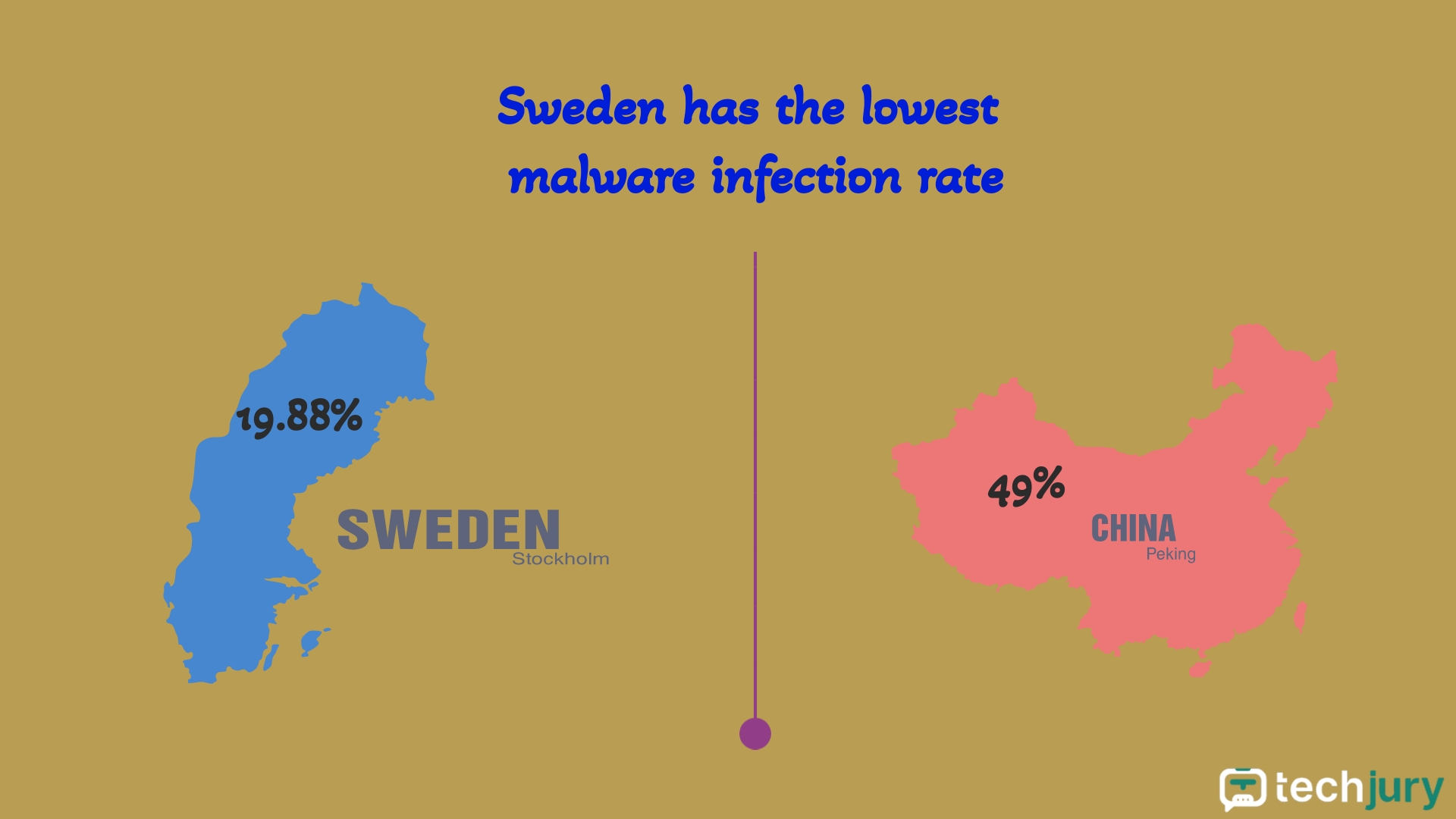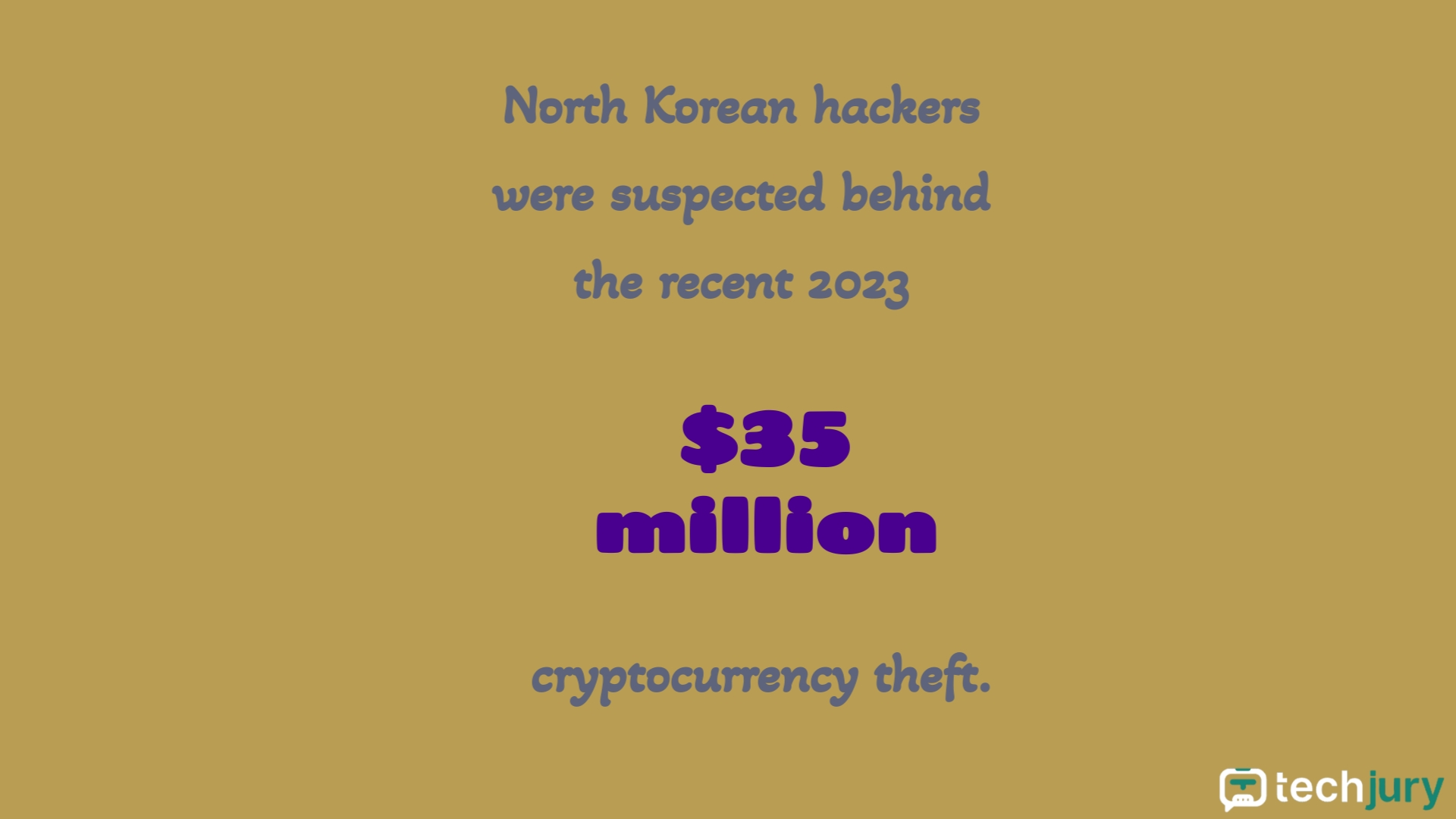

Updated · Feb 11, 2024
Updated · Jan 29, 2024
With a master's degree in telecommunications and over 15 years of working experience in telecommunic... | See full bio
Florence is a dedicated wordsmith on a mission to make technology-related topics easy-to-understand.... | See full bio
Cyberwarfare is a series of cyberattacks against a nation-state. Since 2005, 34 nations have been under suspicion of funding cyber operations.
77% of cyber activities, which damage computer systems, are from China, Russia, Iran, and North Korea. While 80% of computers use an antivirus, cyberwarfare’s prevalence is substantial, with over 1,000 documented attacks since 2003.
In this article, grasp the current cyberwarfare landscape by reviewing some of the most important statistics.
Editor’s Choice
|
Threats of global cyberwarfare have increased in recent years. Cyber attacks rose by 125% in 2021 globally, with the US being the most attacked country ever.
Coincidentally, email-based phishing attacks to European and US-based businesses increased 8-fold during Russia’s annexation attempt at Ukraine.
Read on to discover essential figures about cyberwarfare incidents by country, demographics, and economic impact.
An average of 39 cybercrimes occur per second. This totals 2,328 attacks daily and 800,000 per year.
With these numbers, 2023 estimates to struggle with 33 billion account breaches.
Look at the highlighted cyberwarfare-related incidents and frequency statistics throughout the records below.
(CSIS)

The nature of cyber attacks ranges from espionage, economic sabotage, propaganda attacks, etc.
Here’s a breakdown of the number of cyberwarfare incidents each year since 2003:
|
Year |
Cyberwarfare Incidents |
|
2023 |
54 |
|
2022 |
126 |
|
2021 |
123 |
|
2020 |
138 |
|
2018-2019 |
110 |
|
2017 |
68 |
|
2016 |
41 |
|
2015 |
35 |
|
2014 |
29 |
|
2013 |
35 |
|
2012 |
28 |
|
2011 |
27 |
|
2010 |
21 |
|
2009 |
23 |
|
2008 |
20 |
|
2007 |
13 |
|
2006 |
5 |
|
2005 |
2 |
|
2003 |
1 |
(Government Technology, Deloitte)
The sudden rise in cyberwarfare occurrences started in 2018 with 110 reports and peaked by 2020. There are several factors to the uptick of cyberwarfare cases.
One huge contributor to the cybercrime surge is people’s dependence on the internet during the pandemic.
This led to hackers targeting online cyberspace as governments focused on battling COVID-19.
(Privacy Affairs)
There have been 417 documented geopolitical cyber attacks from 2009 to 2018. The leading players were China and Russia, constituting 35% of the global attacks.
The attacks have increased by four times, which is unsurprising. Considering the tensions between the US, Russia, and China and the ongoing global interdependence, countries will find ways to undermine systems.
|
|
Fun Fact: China and North Korea are one of the 2 countries with the most Internet censorship and restriction. Fortunately, these countries have their platforms and VPNs to access the Internet. |
(Security Magazine)
3 of the most attacked sectors in 2022 were Education, Government, and Healthcare.
These attacks' upsurge is due to agile hackers and ransomware groups exploiting collaborative tools like Slack and OneDrive.
Cyberwarfare is a growing international conflict, with the US as the most bombarded, receiving 46% of global cyber attacks.
According to Microsoft, 80% of country-based cyber attacks target government agencies, institutions, and non-government organizations.
Stay up-to-date with the most critical cyberwarfare figures by countries below:
(Forbes)

China, Taiwan, and Turkey vied for the most easily malware-infected countries. In contrast, Sweden, Finland, and Norway are countries less likely to be infected.
Scandinavia invests heavily in cybersecurity to protect its digital infrastructure. One of their safety protocols includes implementing the Data Protection Act.
(Visual Capitalist)
There were 47 significant cyber attacks during the UK's 2019 general election. Most internet attacks zeroed in on the Labour Party’s digital platforms.
The UK is a significant global economic contributor and a powerful ally in international affairs. Naturally, it's a magnet for those looking to cause chaos in the international order.
(Microsoft)
Russian cyber attacks are increasingly effective, with a 32% successful infiltration rate. Most of the targets include government agencies for data gathering.
The top three countries Russian actors are keen to target are the US, Ukraine, and the UK.
|
|
Fun Fact: A cyberattack happens every 39 seconds, totaling 2,244 attacks daily. |
(Statista)
Over the year Russia started invading Ukraine, Ukraine recorded the highest number of malware attacks in July 2022.
During the Q4 of 2022, ransomware held Ukraine's most recorded type of cyber attack. Cybercriminals saw an opportunity to strike a war-weary vulnerable Ukraine.
(Statista)
Most phishing attacks and hackers prey on CFO Agencies such as the Agency for International Development.
The CFO Act Agencies represent many of the US government’s sensitive information and data.
Targeting and successfully infiltrating these agencies is a jackpot for various criminal activities, such as identity theft.
|
👍 Helpful Article: Internet security may seem to be a dream, but practicing proper identity security measures can aid in avoiding identity theft or cyber-attacks. |
(AP News)
The suspected nation-sponsored Chinese hackers used a popular email security service to break into government agencies like foreign ministries.
55% of the malicious emails targeted organizations from the Americas. 24% of emails were from Europe, the Middle East, and Africa, and 22% were directed toward the Asia Pacific.
(Hack Read)
Killnet claims to have stolen personal information like login credentials of over 10,000 US federal agents in 2022. The attack appears to have a pro-Kremlin political undertone.
Leaked login credentials were presumed to be social media passwords and sensitive bank information.
|
|
Fun Fact: TechJury has 6 ways to create a strong password. Learn more in this article Password Ideas - What To Do And What Not To Do! |
The manufacturing and finance sectors received the most cyberattacks, at 24.8% and 18.9%, respectively, in 2022.
2020 was a record-breaking year for the number of cyber attacks on the private sector. The FBI received a tally of 791,790 complaints of suspected cybercrime.
This junction explores the statistics of the most vulnerable cyberwarfare demographics.
(GOV.UK)
Within those attacks, the business sector and charity organizations were attacked at least once a week. The most prevalent threat vector was phishing, at 83% of all attacks.
Weak IT security measures and the UK’s strings of businesses, charities, and foundations are attractive hubs for cyber crimes.
(Statista, Insurance Information Institute)

Most of the cases documented were data breaches that sustained a $10.2 billion potential loss. California, Florida, and Texas had the most number of cybercrime victims.
Casual internet users need to be more capable of protecting themselves from cyberattacks. It’s from a combination of the lack of know-how and downplaying cyberattacks.
(The Guardian)
Ransomware creates a considerable uproar in the US health system, where most tools are machines. It’s a cause of delays in chemotherapy treatments and other emergency responses.
In 2021, a systematized hospital hacking led to a newborn’s fatal brain damage and was dubbed the first “death by ransomware.”
(Sophos)
This figure shows that the financial services industry is the least likely to fall victim to ransomware across all sectors.
It is one of the most challenging industries to breach, with a success rate under the global average of 65%. Part of its strong defense is the increase in cyber insurance.
(Infosecurity Magazine)
Academic institutions face an average of 2,297 attacks every week. It’s also one of the most impacted industries for cyber crimes in 2022.
Part of the academes’ appeal to actors is the number of personal details these institutions possess. Universities don’t just have teachers. They also have a vast pool of students.
(PR News Wire)
Almost half of cyberattacks direct toward small businesses. Small businesses suffered 113,000 macro malware incidents in 2017.
Trailing behind small businesses are online banking services. In 2017, there were 66,000 online banking types of malware attacks.
Direct cybercrime costs are expected to reach $10.5 trillion annually by 2025. This estimation is deemed more extensive than the annual loss from natural disasters.
The US was poorly hit with cyber intrusions in 2018. The FBI warned Americans about the potential that hackers might have already sold their data on the dark web.
Find out the cost of cyberwarfare activities through a statistical lens.
(CNN Business)

The incident is the latest in a string of cryptocurrency attacks linked to Pyongyang. Most of the victims were customers of an Estonian-based company Atomic Wallet.
US Officials worry that the stolen funds might be to further North Korea’s nuclear and ballistic weapons ambitions.
(IBM)
The all-time high cost of the global data breach in 2021 was a 10% uptick compared to 2019—most of the increase attributed to the shift in internet usage during the pandemic.
60% of impacted organizations raised their product and service prices to compensate for the profit loss.
(Cybercrime Magazine)
There has been an exponential growth in ransomware, which costs 57 times higher in 2021 compared to 2015. This figure is expected to reach $265 billion by 2031.
Ransomware has been persisting. Thanks to low prosecution rates and the desperation of business owners to save their businesses.
(MindPoint Group)
Companies and organizations have to allot 277 days trying to identify culprits and fix the vulnerabilities in their data security.
In the US, an attempt to improve and compensate for a data breach incident would cost around $9.44M. That means $140-$160 for every record compromised.
|
|
Fun Fact: The most significant data breach to occur was during Verizon’s acquisition of Yahoo in 2016. The breach happened in 2013-2014, exposing 3 billion records. |
(S-RM)
A quarter of small businesses fold under a cyber attack because of the extended downtime the attack caused.
Ultimately, missed opportunities and the decreased rate of trust from customers bankrupt most small businesses under internet duress.
Cyberwarfare has been an increasing threat to world peace for the past decade. It can bankrupt businesses, cripple economies, trigger political unrest, and indirectly kill lives.
The pandemic's start revealed much of which countries received the most cyber attack casualties and which were cyber aggressors.
Phishing is the most common type of cyber attack. 91% of cyber attacks start with phishing.
There are 166,000 registered hackers in the world. 23% of them are India-based, while 20% are from the US.
80% and more involved in cyber attack activity involve phishing, exploiting weak passwords, etc.
Yes. Cyberwarfare disrupts vital systems and agencies needed for running a nation. In its worst form, cyberattacks could lead to the loss of life.
Cyberwarfare is a series of organized cyberattacks toward a nation-state to weaken or destroy a country in the digital space.
There are about 30,000 websites hacked daily.
Your email address will not be published.
Updated · Feb 11, 2024
Updated · Feb 11, 2024
Updated · Feb 08, 2024
Updated · Feb 05, 2024



